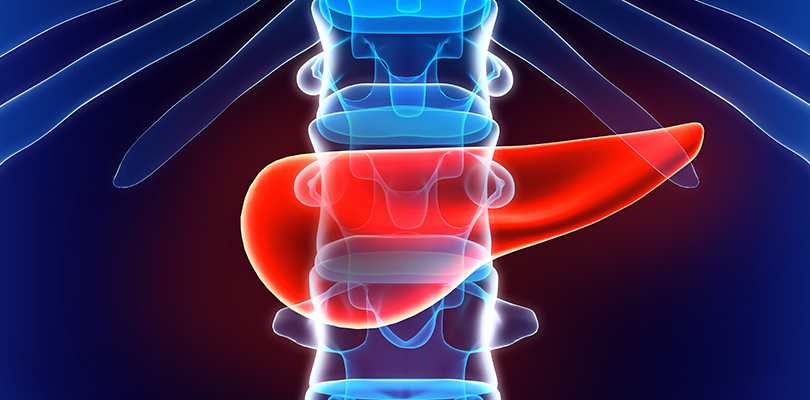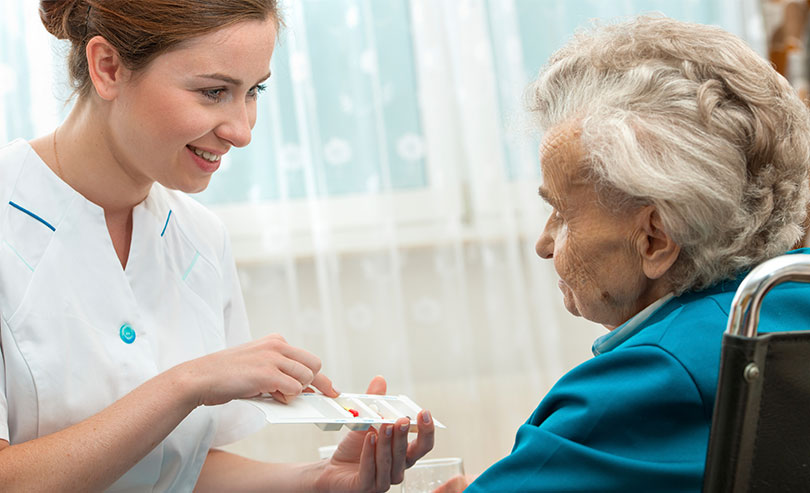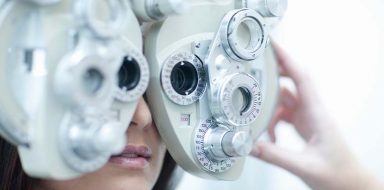Connecting the Dots
Amyotrophic Lateral Sclerosis (ALS), also known as Lou Gehrig's disease, is a progressive and usually fatal neurological condition that affects nerve cells in the brain and the spinal cord. While ALS itself is rare, an interesting and concerning connection has been observed between ALS and the prevalence of certain types of cancer. In this article, we will explore the early signs of ALS, provide an overview of the condition and its types, discuss the symptoms, delve into the details of its link with cancer and list current treatment options.
3 Early Signs of ALS
1. Weakness and Changes in Motor Control of Hands and Feet
This can start with slight difficulty in performing tasks that require dexterity, like buttoning a shirt or typing. An affected individual might also experience awkwardness when walking or running, leading to frequent trips or falls.
2. Slurred Speech
Dysarthria, or slurred speech, often appears as an early sign of ALS. It can manifest as speaking softly or slowly, with individuals having trouble pronouncing words.
This article will be taking a look at EoE and cancer, examining if there's a connection. Read on to learn if there is or not.
3. Difficulty Swallowing
Known as dysphagia, this symptom may first manifest as trouble swallowing particular foods or liquids, leading to coughing or choking during meals.
Understanding ALS
Amyotrophic lateral sclerosis is a motor neuron disease that is characterized by the degeneration and death of neurons controlling voluntary muscles. It causes loss of muscle control which can lead to a myriad of severe symptoms. This condition is especially tragic as it affects the nerve cells that are essential for actions like speaking, walking and even breathing.
Causes of ALS
The exact cause of ALS is unknown in most cases, though five to ten percent of cases are hereditary. It's thought that a combination of genetic and environmental factors contribute to the development of the disease. Various hypotheses have been proposed, including oxidative stress, mitochondrial dysfunction and an abnormal immune response.
Types of ALS
ALS is primarily categorized into two forms:
- Sporadic ALS: This is the most common form, affecting 90-95% of cases, and has no clear familial link or known cause.
- Familial ALS: As the name suggests, it runs in families and is inherited. Mutations in specific genes have been identified as contributors to the disease.
Signs and Symptoms of ALS
As ALS progresses, the symptoms can become more pronounced and debilitating. In addition to those previously mentioned, here are some common signs of ALS.
Muscle Cramps and Twitching: This often begins in the hands and feet and can be among the initial indications of ALS.
Leg weakness: People with ALS might experience difficulty with activities, like running or climbing stairs.
Fatigue: Muscle fatigue is a common symptom, particularly after exerting the small muscles of the body.
Uncontrollable laughing and/or crying: Known as pseudobulbar affect, this symptom can be distressing and can occur without any emotional trigger.
Difficulty breathing: As the respiratory muscles get weaker, patients may struggle with breathing, especially when lying down or asleep.
Weight loss: Due to muscle atrophy, difficulty swallowing and an increased metabolic rate, weight loss can be significant.
Link Between ALS and Cancer
Research has shown that there is a higher incidence of cancer among ALS patients compared to the general population. Data suggests that patients with ALS are at an increased risk for developing certain types of cancer, including those of the brain, lung and breast. The underlying reasons for this correlation are not entirely understood, but genetic and environmental factors that impact cellular mechanisms could play a role. Both diseases may share common pathways in cell metabolism, mitochondrial function and DNA repair that, when disrupted, could predispose someone to both ALS and cancer.
Treatments for ALS
While there is no cure for ALS, and treatments are limited, some approaches are available to slow disease progression and manage symptoms.
- Riluzole: This medication can slightly prolong survival by reducing the release of glutamate.
- Edaravone: An antioxidant that can help slow the decline in daily functioning.
- Physical therapy: Helps to maintain mobility and reduce the risk of muscle stiffening.
- Speech therapy: Assists patients in learning alternative communication strategies.
- Occupational therapy: Provides adaptive techniques and devices to help with daily activities.
- Assistive devices: Such as walkers or wheelchairs, assist with maintaining independence.
- Breathing support: As ALS advances, mechanical ventilation can aid breathing.
- Nutritional counseling: Ensures proper nutrition despite swallowing difficulties.
Final Notes
ALS is a condition marked by neurodegeneration leading to a variety of challenging symptoms. Its link with cancer points to possible shared pathways that could be important for future research. Treatments focus on managing symptoms and improving the quality of life for those affected. Continued research is critical in understanding both ALS and its association with cancer, potentially leading to better treatments or preventative strategies for both conditions in the future.







